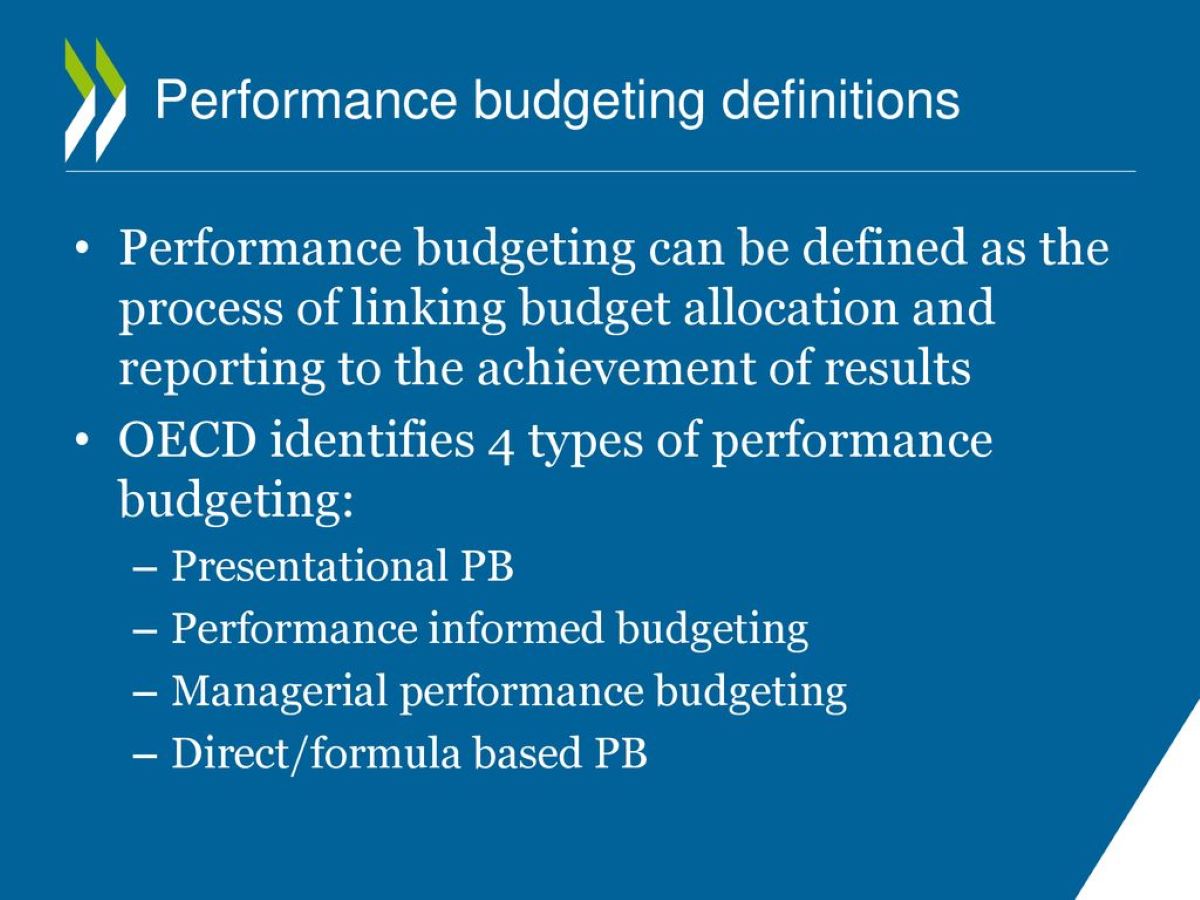Home>Finance>Uniform Bank Performance Report (UBPR) Definition


Finance
Uniform Bank Performance Report (UBPR) Definition
Published: February 13, 2024
Learn the definition of Uniform Bank Performance Report (UBPR) in the finance industry and its significance in analyzing bank performance.
(Many of the links in this article redirect to a specific reviewed product. Your purchase of these products through affiliate links helps to generate commission for LiveWell, at no extra cost. Learn more)
Understanding the Uniform Bank Performance Report (UBPR)
When it comes to assessing the financial health and performance of a bank, one valuable tool that regulators, analysts, and investors rely on is the Uniform Bank Performance Report (UBPR). This comprehensive report provides a detailed analysis of a bank’s financial statements, highlighting key metrics and ratios that offer insights into its overall stability and profitability. In this blog post, we will delve into the definition of UBPR and its significance in the world of finance.
Key Takeaways:
- The Uniform Bank Performance Report (UBPR) is a comprehensive report that offers insights into a bank’s financial health and performance.
- UBPR provides detailed analysis of financial statements, enabling regulators, analysts, and investors to assess a bank’s stability and profitability.
The UBPR is a standardized report generated by the Federal Financial Institutions Examination Council (FFIEC) for all banks operating in the United States. It consolidates data from various financial statements, including the income statement, balance sheet, and statement of cash flows, to provide a holistic view of a bank’s financial performance.
So, why is the UBPR so important? How does it benefit regulators, analysts, and investors? Let’s explore.
Assessing Bank Stability and Profitability
One of the primary purposes of the UBPR is to enable industry stakeholders to evaluate a bank’s stability and profitability. The report includes various financial ratios and key performance indicators (KPIs) that help assess a bank’s operational efficiency, asset quality, profitability, and capital adequacy.
Operational Efficiency: The UBPR includes metrics such as the efficiency ratio and the expense-to-revenue ratio, which help gauge how efficiently a bank is utilizing its resources and generating income.
Asset Quality: Metrics like the non-performing assets ratio and the loan loss reserve coverage ratio provide insights into the quality of a bank’s loan portfolio and its ability to manage credit risks.
Profitability: The UBPR focuses on profitability measures such as the return on assets (ROA) and return on equity (ROE), which reflect a bank’s ability to generate profits from its assets and capital.
Capital Adequacy: Capital ratios, such as the Tier 1 capital ratio and the common equity tier 1 (CET1) ratio, indicate the level of a bank’s capital reserves and its ability to withstand adverse market conditions.
By analyzing these metrics and ratios provided in the UBPR, regulators can monitor banks and take necessary actions to ensure financial stability within the industry. Analysts and investors can also use the UBPR to evaluate investment opportunities and make informed decisions relating to banking stocks and bonds.
In conclusion, the Uniform Bank Performance Report (UBPR) plays a vital role in assessing the financial health and performance of banks. Its standardized format and inclusion of key metrics and ratios allow regulators, analysts, and investors to gain valuable insights into a bank’s stability and profitability. By understanding the UBPR and its significance, individuals can navigate the world of finance with greater confidence and make informed decisions.














